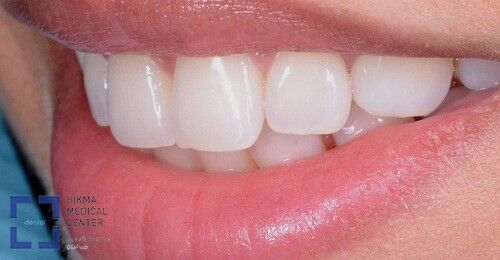
Dentistry has come a long way since its early days of rudimentary tools and painful procedures. With advancements in technology, materials, and techniques, modern dentistry has become more efficient, effective, and comfortable for patients. In this article, we will explore some of the major advancements in modern dentistry that are being practiced at a dental clinic in Abu Dhabi.
Digital dentistry and imaging:
One of the standout innovations is the integration of digital technologies in dental imaging. Digital radiography, intraoral scanners, and 3D imaging systems have revolutionized diagnostics, enabling precise and detailed views of the oral structures. This enhances diagnostic accuracy and also reduces radiation exposure and provides a more comfortable experience for patients.
Laser dentistry:
Laser technology has transformed various dental procedures, offering a minimally invasive and precise alternative to traditional methods. Lasers are used in procedures like cavity detection, soft tissue surgeries, and teeth whitening. This innovation often results in faster healing times, reduced discomfort, and enhanced precision during treatments.
Teledentistry:
In response to the digital age, teledentistry has emerged as a significant innovation, allowing remote communication between patients and dental professionals. Virtual consultations, treatment planning, and follow-ups provide convenient access to dental care, particularly beneficial for those in remote areas or with time constraints.
3D printing in dentistry:
The application of 3D printing technology has streamlined the fabrication of dental prosthetics, crowns, bridges, and even custom implant components. This expedites the manufacturing process and also allows for highly personalized and precise dental solutions tailored to individual patient needs.
Artificial intelligence (AI) in treatment planning:
AI has found its way into dentistry, assisting in treatment planning, diagnostics, and even predictive analysis. AI algorithms can analyze vast datasets to identify patterns, aiding dentists in diagnosing conditions early, optimizing treatment plans, and improving overall patient outcomes.
Implant dentistry advancements:
Innovations in implant dentistry have focused on improving the success rates and patient experiences related to dental implants. Techniques like guided implant placement using digital scans and computer-aided design (CAD) enhance precision, resulting in more predictable and efficient implant procedures.
Bioactive materials have become prominent in restorative dentistry. These materials, which interact positively with biological tissues, promote remineralization and support natural tooth structure. They are used in dental fillings, sealants, and other restorative applications, contributing to long-term oral health.